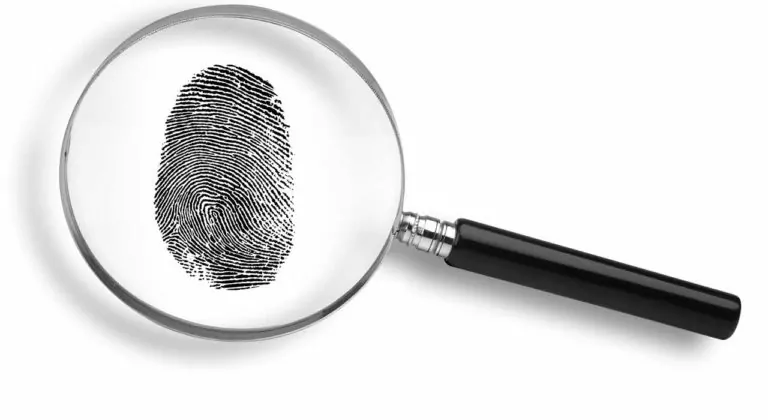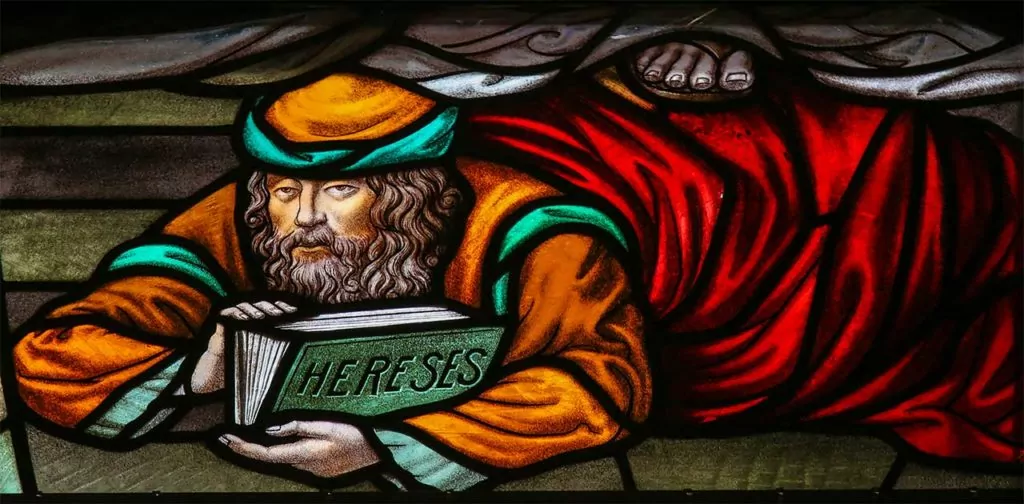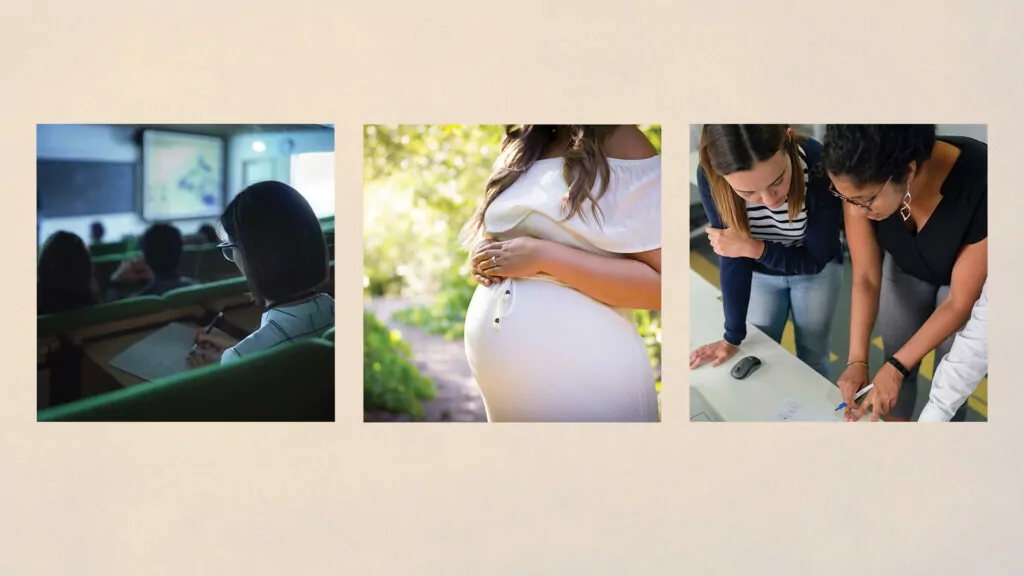Movie director, Oliver Stone, unleashed a Pandora’s Box at the box-office in 1991 with the release of his controversial film, JFK. The movie, which was a technological marvel and starred Kevin Costner along with a host of well-known actors, explored the assassination of John F. Kennedy, the Warren Commission Report regarding the tragedy, and a complex conspiracy theory which sought to “get to the real truth” behind an alleged cover-up.
The Stone movie provoked a phenomenal response. Some people were outraged at its ugly implications, or at its own distortion of testimony, or at its white-wash of questionable sources, or even at its amazing editing and weaving of soundbites, visual images, changing angles, flashbacks and anticipations, documentary coverage and interpretive re-creations.
Other people are equally outraged at finding out how poorly the subsequent investigation into the assassination was handled, and how many disturbing pieces of evidence or testimony were squashed or ignored, and how outlandish the explanations of the single-assassin theory had to become, and how our own government agencies may have been entangled or willing to look the other way.
Newsweek magazine was so egged on by the movie that it decided to throw rotten eggs in return, giving it prime attention on its front cover with the heading: “The Twisted Truth of ‘JFK’ – Why Oliver Stone’s New Movie Can’t Be Trusted” (Dec.23, 1991).
On the other hand, the local bookstores have been doing a rousing business in selling books which are relevant to rebutting the Warren Commission conclusions and exploring theories which, despite their conspiratorial character, pay compelling attention to details. Among the most important are the two books by lawyer Mark Lane: Rush to Judgment (a 1966 cross-examination of the Warren Commission, both thorough and sober) and Plausible Denial (a more recent book purporting to show C.I.A. involvement to some degree in the assassination). The massive analysis of Jim Marris (who teaches a college course on the subject) runs over 600 pages in length, and is entitled Crossfire: The Plot That Killed Kennedy. Also worthy of mention is On the Trail of the Assassins, written by former New Orleans District Attorney, Jim Garrison, whose investigation and eventual trial of Clay Shaw for alleged participation in a scheme to kill the president was the organizing plot of the Oliver Stone movie.
On the downside of credibility for the conspiracy theorists is the large number of such theories which have been advanced. Granted, some are more plausible and well-reasoned than others, but the fact that there are so many of them is disturbing, each offering somewhat convincing evidence. Who should be fingered for the crime? The C.I.A.? Military intelligence? The mafia? The F.B.I.? The Vice-President? Anti-Castro Cubans? Pro-Castro communists? Right-wing extremists? Pro-Soviet communists? All of the above? None of the above?
For years the thesis that Lee Harvey Oswald was the man who shot President Kennedy, and that he acted alone, has seemed relatively easy to accept. The public was told that an eyewitness saw Oswald in the book depository building window. A rifle was discovered there which not only had Oswald’s palm-print, but had been purchased by mail order under an assumed name, identification for which Oswald was carrying on him. His own wife said she believed he was the killer. The FBI found incriminating photos at Oswald’s home, later published by Life magazine. The man had previously renounced the United States and lived in the Soviet Union! No, the case against Oswald was not hard to believe.
Yet there always had been disturbing elements in the story. Why was Oswald deprived of legal counsel, and why was no record made of police interviews with him? How did a man (Jack Ruby) simply walk in off the street, stride right up to Oswald in the presence of dozens of officers, and shoot him point blank? What do we make of eyewitnesses who said they previously saw Oswald and Ruby together in Ruby’s nightclub?
Why did the people who were present in Deleay Plaza when Kennedy was shot run forward toward the fence on the grassy knoll, seeking the shooter, instead of running back toward the depository building? Fifty-one witnesses claim to have heard shots from the direction of the grassy knoll! Why did the medical doctors initially report an entry wound to Kennedy’s throat, if he had been shot (only) from behind? Why do films show his head recoiling from a frontal (and from the right) shot? The Oswald theory would require that no more than three shots were fired – although ballistics experts were unable to replicate even that feat within the relevant time restraint (5.6 seconds) with a bolt-action rifle like Oswald’s. However, acoustics evidence now proves there were at least four shots. On the Oswald hypothesis, one of the assassin’s three bullets needed to inflict seven wounds in two bodies (Kennedy’s and Governor Connally’s) – some at nearly right angles – and emerge in almost pristine condition!
Photographic experts have discredited the Life magazine pictures of Oswald as edited composites. Marina Oswald’s opinion of her husband’s involvement actually changed (following virtual house-arrest for weeks with the FBI) from an initial disputing of it. Paraffin tests performed on Oswald’s cheeks the day of the assassination demonstrated that he had not fired a rifle that day. When the FBI turned over the alleged murder weapon, it reported that there were no prints (where the palm print later appeared). Initial autopsy reports on Kennedy were destroyed…
The case against Oswald looked strong for a time (and still does for many people), but now that case begins to appear rather weak (if not being fully refuted according to some people).
So what?
For our present purposes, it is not really relevant whether the Oswald-as-lone-assassin theory regarding Kennedy’s assassination is accurate or not. It is not my intention to take sides on this troubled question here.
Rather, it is the controversy itself that is raging over this question which should interest us, for this dispute provides a very fruitful education into the real character of what we sometimes call “factual investigation” and illustrates the nature of historical (and forensic) argumentation.
Oddly enough, the controversy over the Kennedy assassination provides an opportunity for Christians to learn something valuable about apologetical method – the defense of their faith.
Popular and widely published apologists for the Christian faith often tell us, for example, that the most persuasive way to practice the defense of the faith is simply to provide unbelievers with “the facts” of history (the raw evidence of eye-witness testimony) and challenge them that any “rational” man would have to conclude that this evidence “proves” with practical certainty that Jesus rose from the dead – as the most astounding miracle of history.
This approach has always seemed more than a bit naive. And the controversy surrounding the Kennedy assassination makes that naiveté stand out all the more prominently.
The facts don’t speak for themselves
Evangelical apologists who think that a presentation of “the fact” of history is enough to vindicate the truth of Christianity against the skeptical challenges of unbelievers overlook the way in which people reach – and critically maintain – their personal conclusions about fundamental and important issues. Those who think that unbelievers would become believers if only they were made aware of the observational “evidence” (the testimony of alleged eyewitnesses) do not fully grasp the key issues in the philosophical study of the theory of knowledge (epistemology).
What they do not realize is that, contrary to a popular aphorism, the “facts” do not “speak for themselves.” What people see (or hear) will be unavoidably interpreted according to their other beliefs, their personal expectations and values, and their governing presuppositions. “The facts” do not simply stand “out there” with their meaning inherent in them, waiting to be seen for what they are regardless of what the commitments and beliefs may be of those who find “the facts.”
What a person will take to be a “fact” and how that fact is interpreted and related to other beliefs is not determined alone by the perceptions or observations (or observation-reports) which a person has. His thinking will be guided by various assumptions or controlling presuppositions.
There were plenty of eyewitnesses at the very scene of the crime when President Kennedy was assassinated. In our day we enjoy incredibly advanced techniques and technologies for investigation of evidence, physical and personal. Hundreds of people have been hard at work dealing with the relevant clues and testimony concerning the killing of JFK. Do “the facts speak for themselves”? Do they?
The fact that advocates of the Warren Commission’s theory debate ferociously with critics of the Commission tells you that much more is involved here than a simple look at “the facts and nothing but the facts” concerning a particular event which transpired in 1963. The fact that critics of the Warren Commission disagree widely with each other in proposing other theories about the assassination of Kennedy tells you that there is much more involved here than a simple amassing of “the facts.”
This is even more the case with respect to Christ’s resurrection. Here we do not have an event which took place merely thirty years ago, but almost two thousand years ago. We do not have any hard physical evidence to investigate and no living witnesses to cross-examine. We do not have a great number of extant testimonies (although some we have do speak of others as well). The event in question was no ordinary natural event (as the mere shooting of a man is, although he was a politically important man), but rather an awesome and extraordinary resurrection from the dead – a miracle.
If the dispute over Kennedy’s assassination shows us that the facts do not speak for themselves – that the question is not settled simply over alleged evidences – how much more should Christian apologists realize that our debate with unbelievers over the resurrection of Christ (and other matters of Biblical truth) is not simply a matter of “evidences.” It must eventually involve a challenge to the heart-commitment and intellectual presuppositions of the non-Christian.
Jesus said it long ago: “If they will not hear Moses and the Prophets, neither will they believe if one should rise from the dead” (Luke 16:31).
This article was first published in the May 1992 issue of Penpoint (Vol. III:3) and is reprinted with permission of Covenant Media Foundation, which hosts and sells many other Dr. Greg Bahnsen resources on their website www.cmfnow.com.











